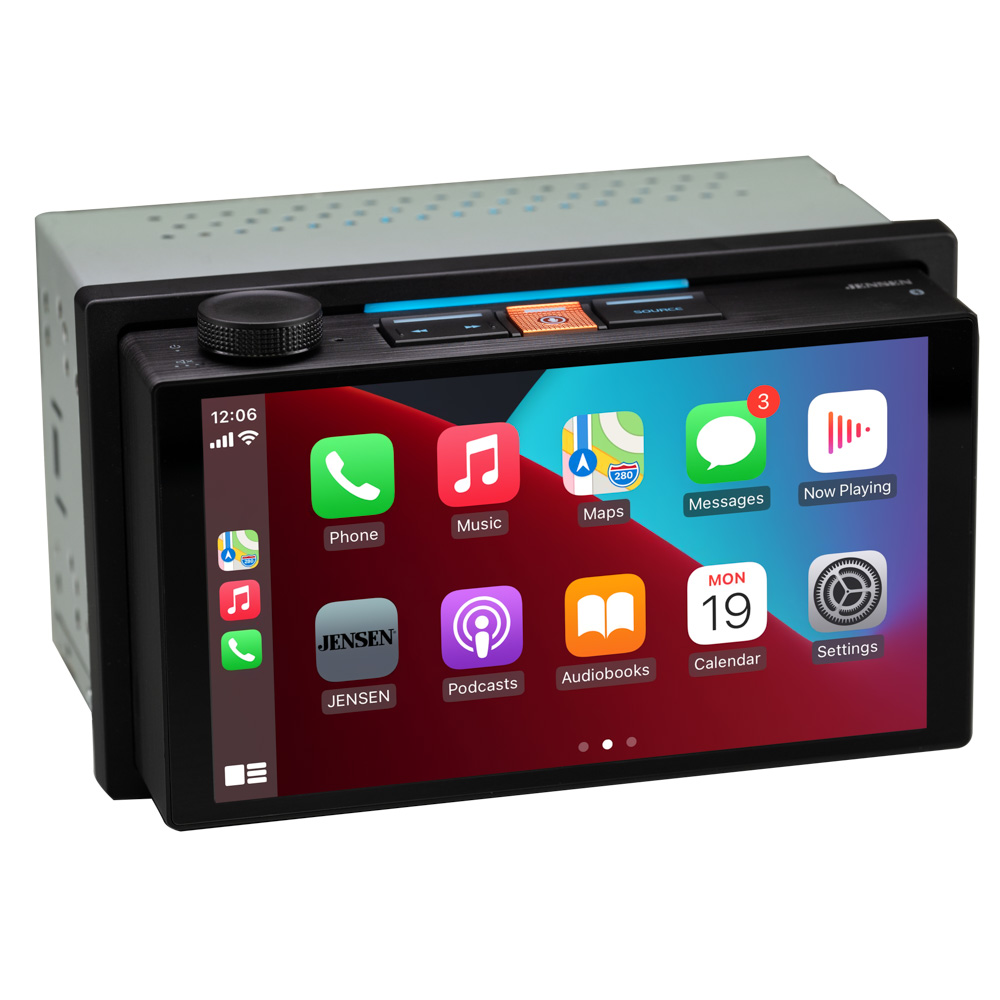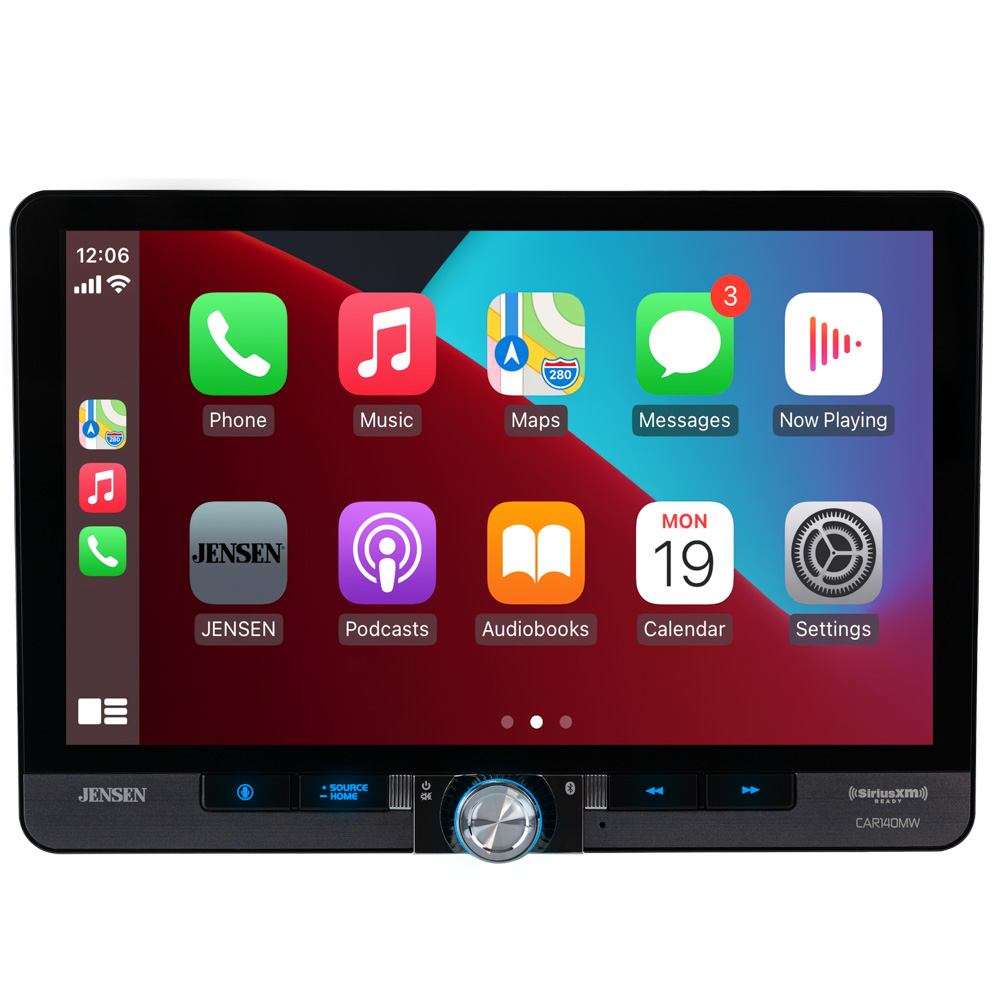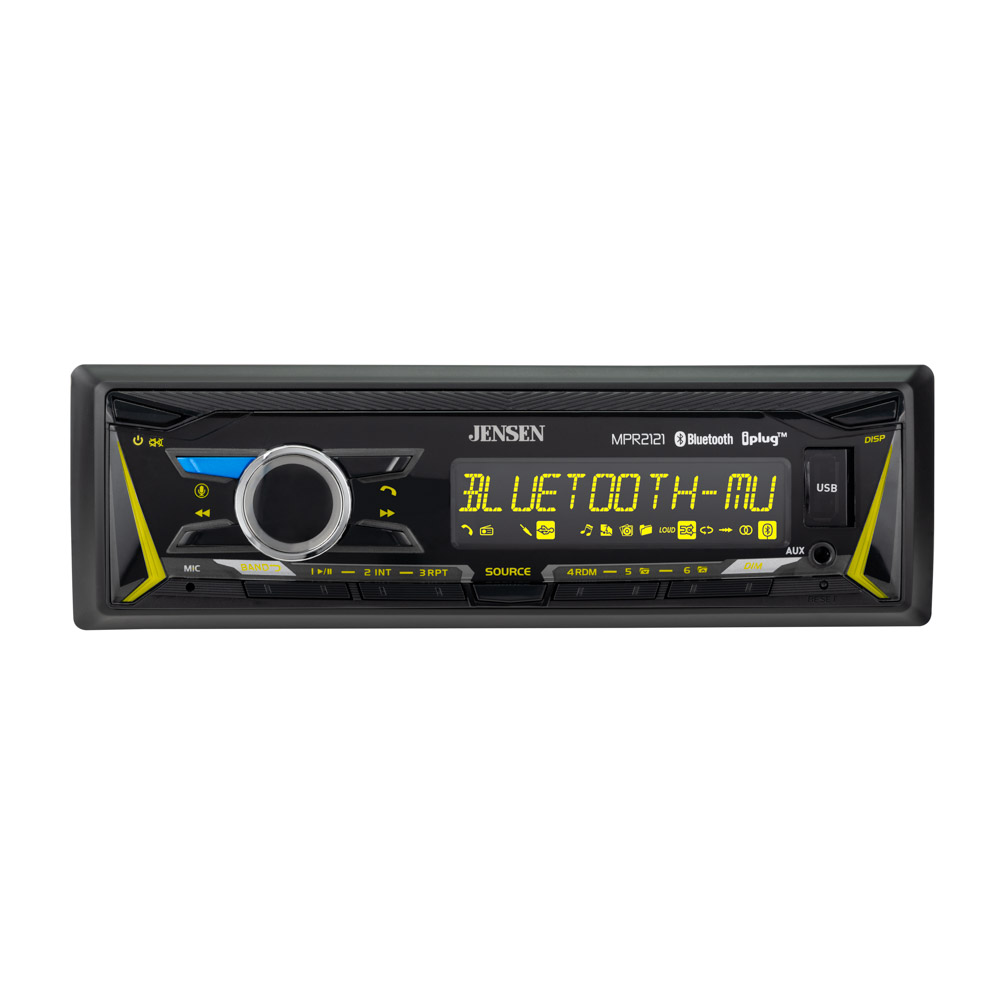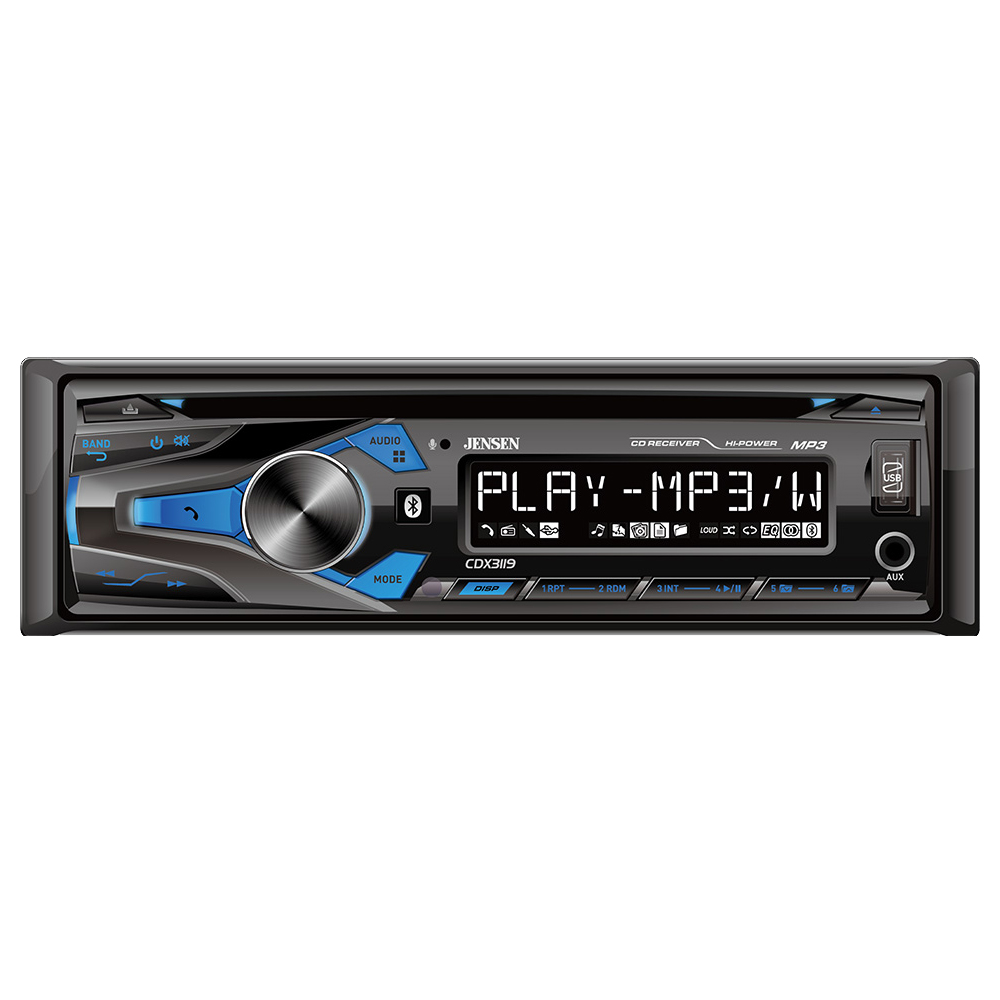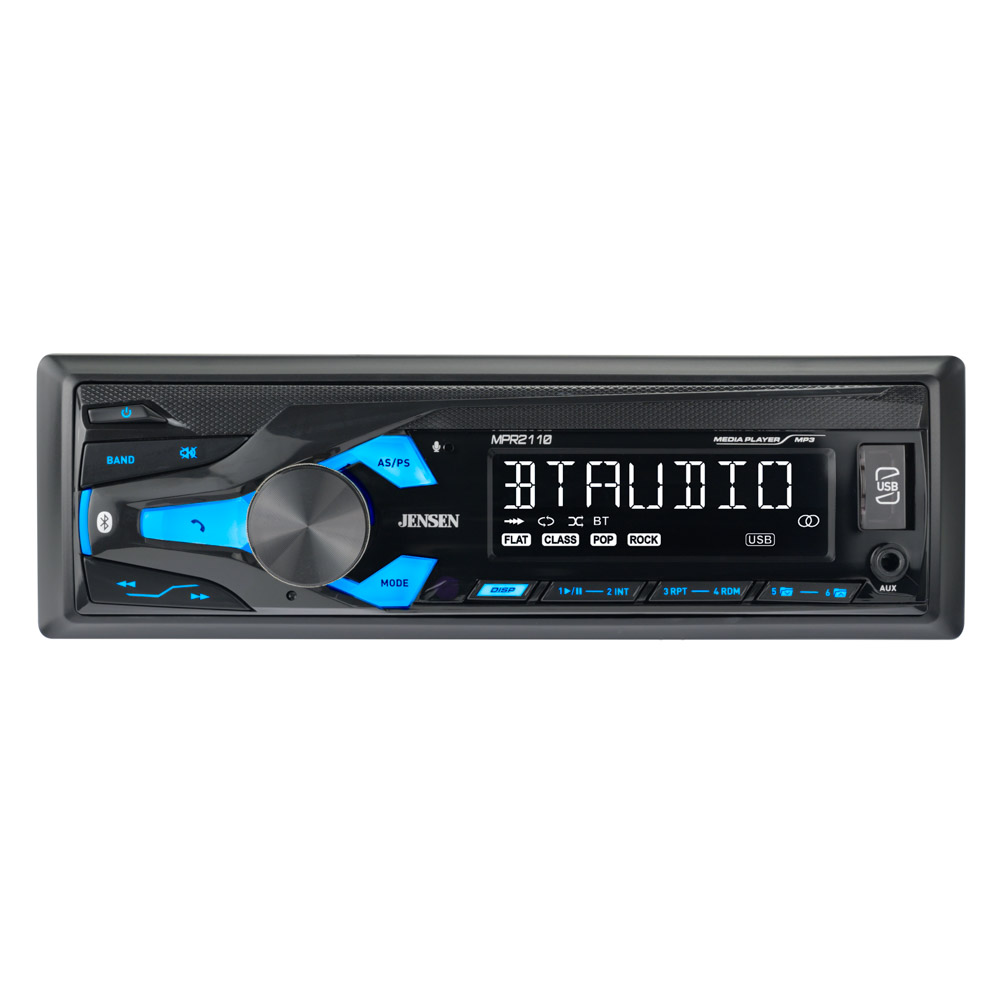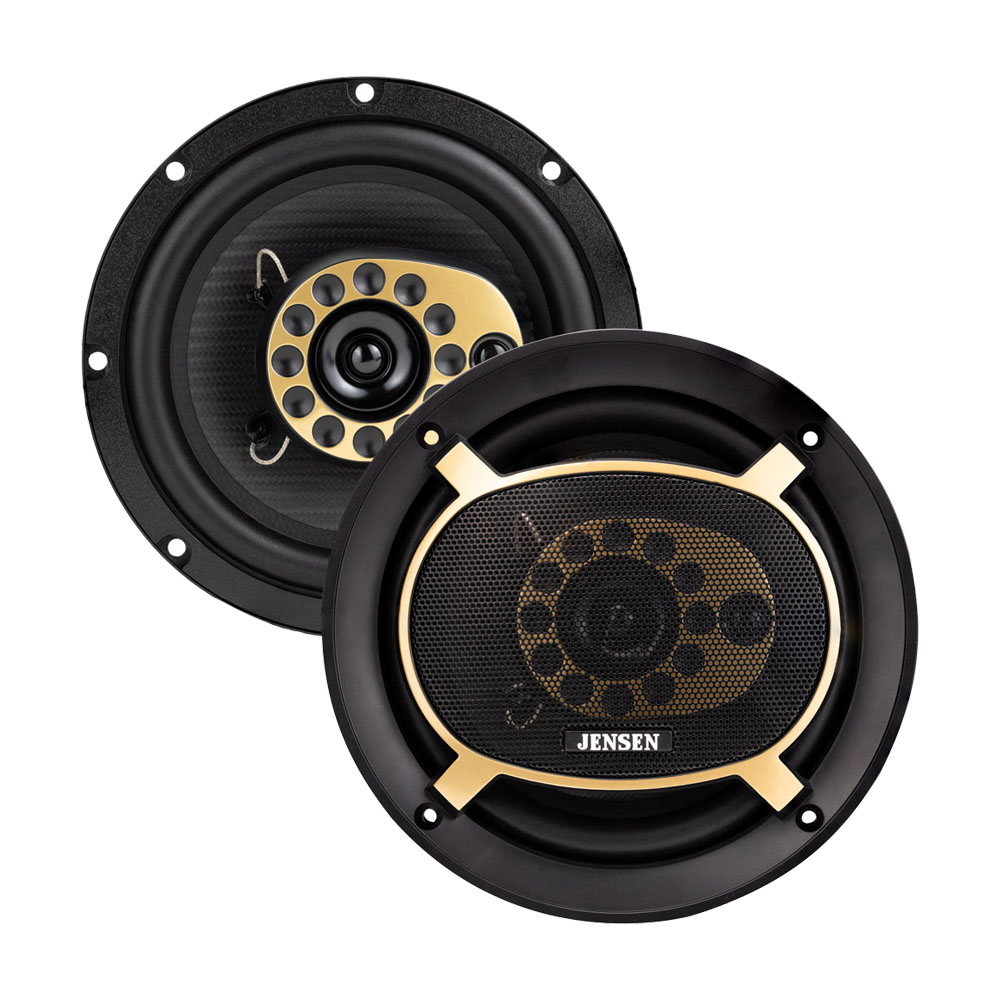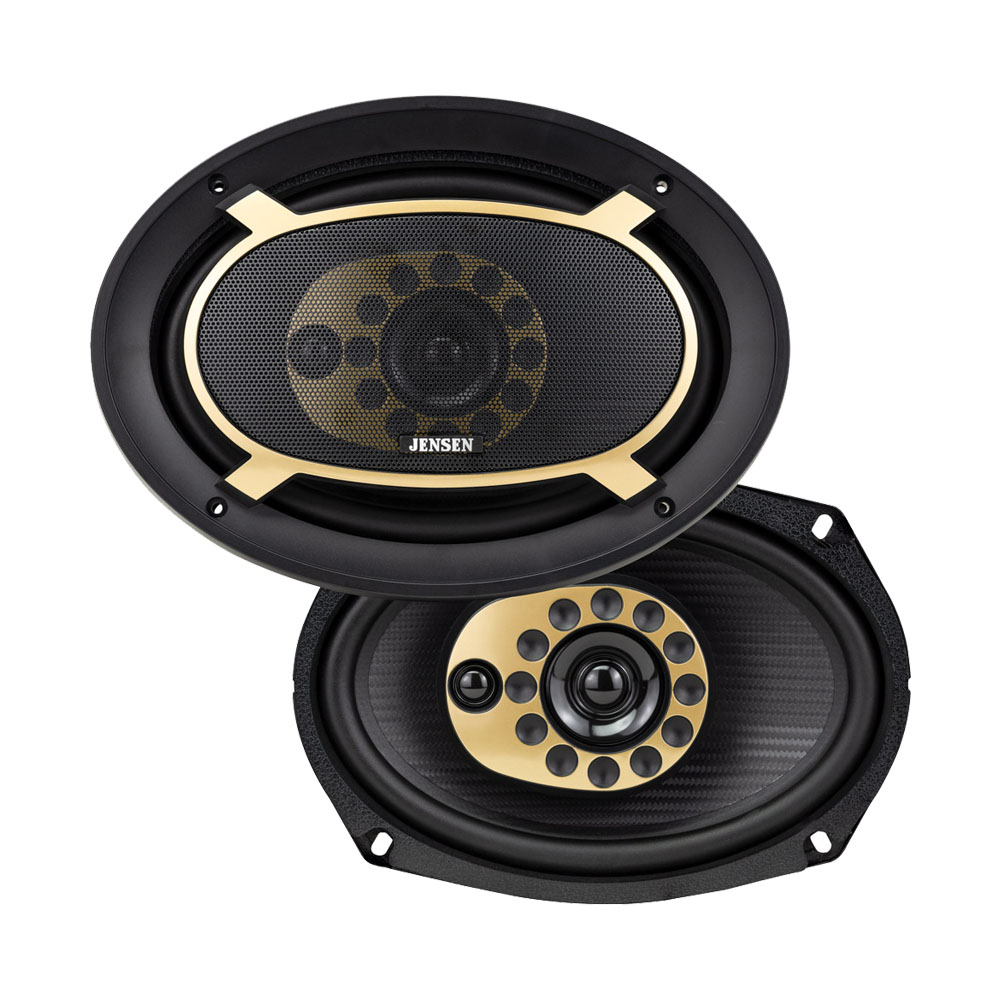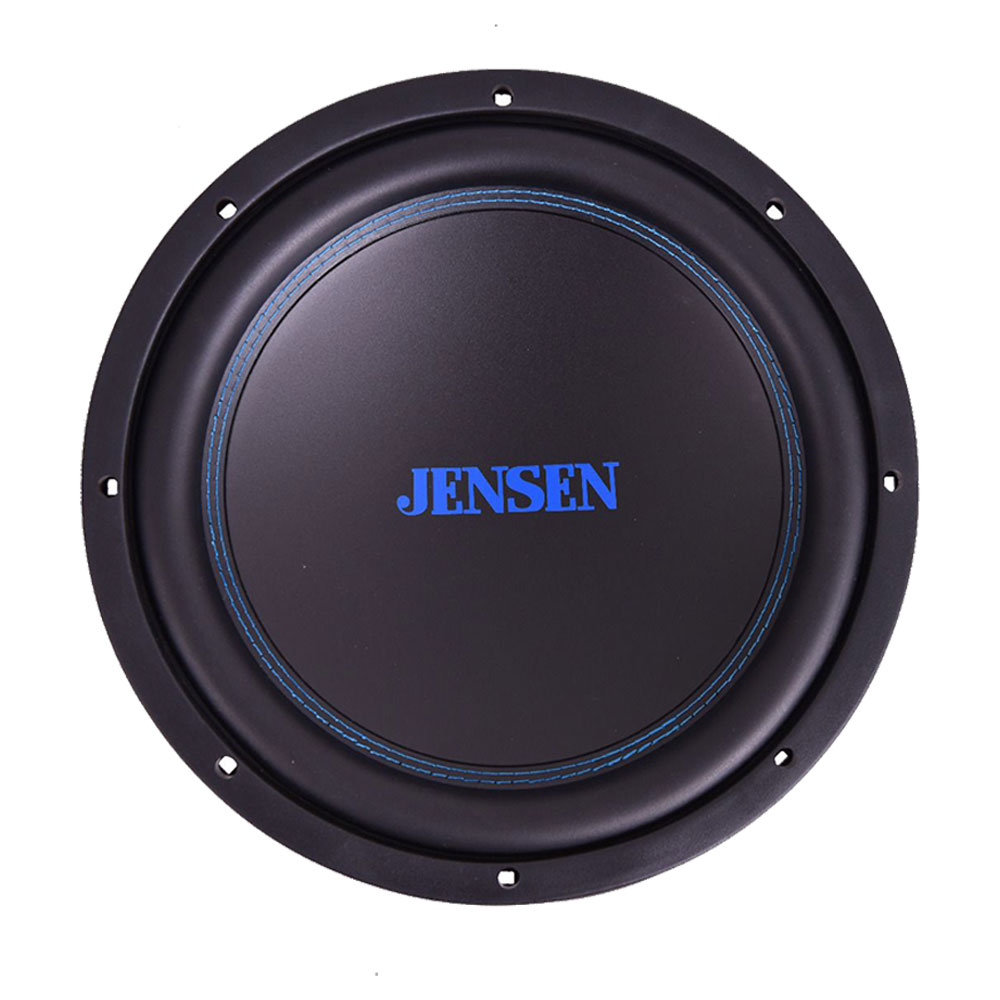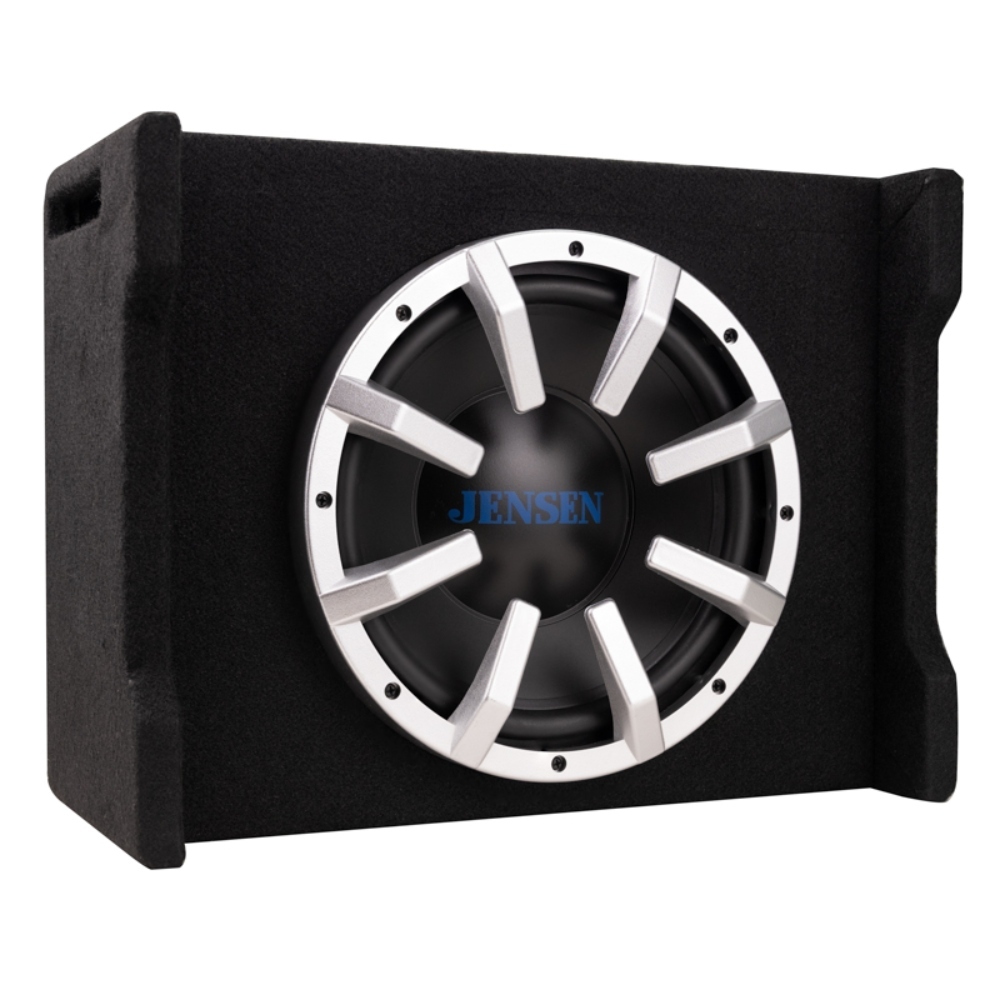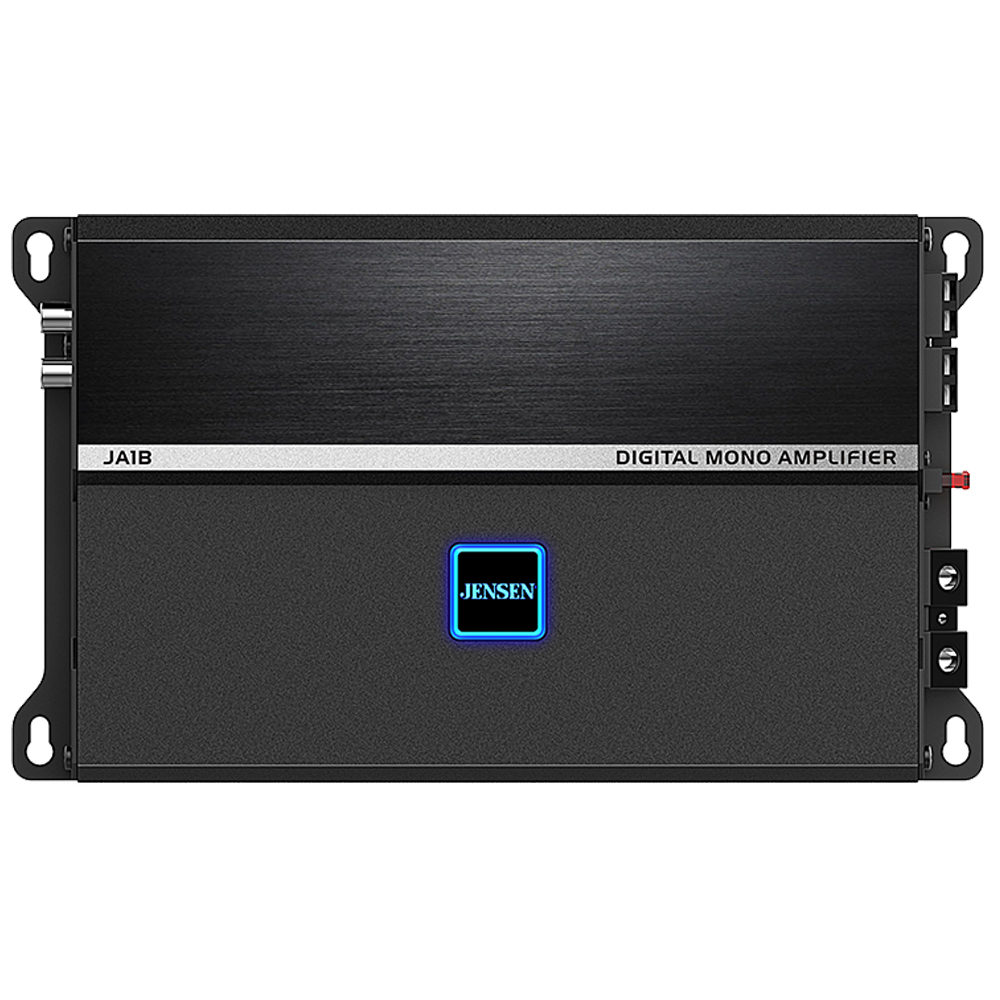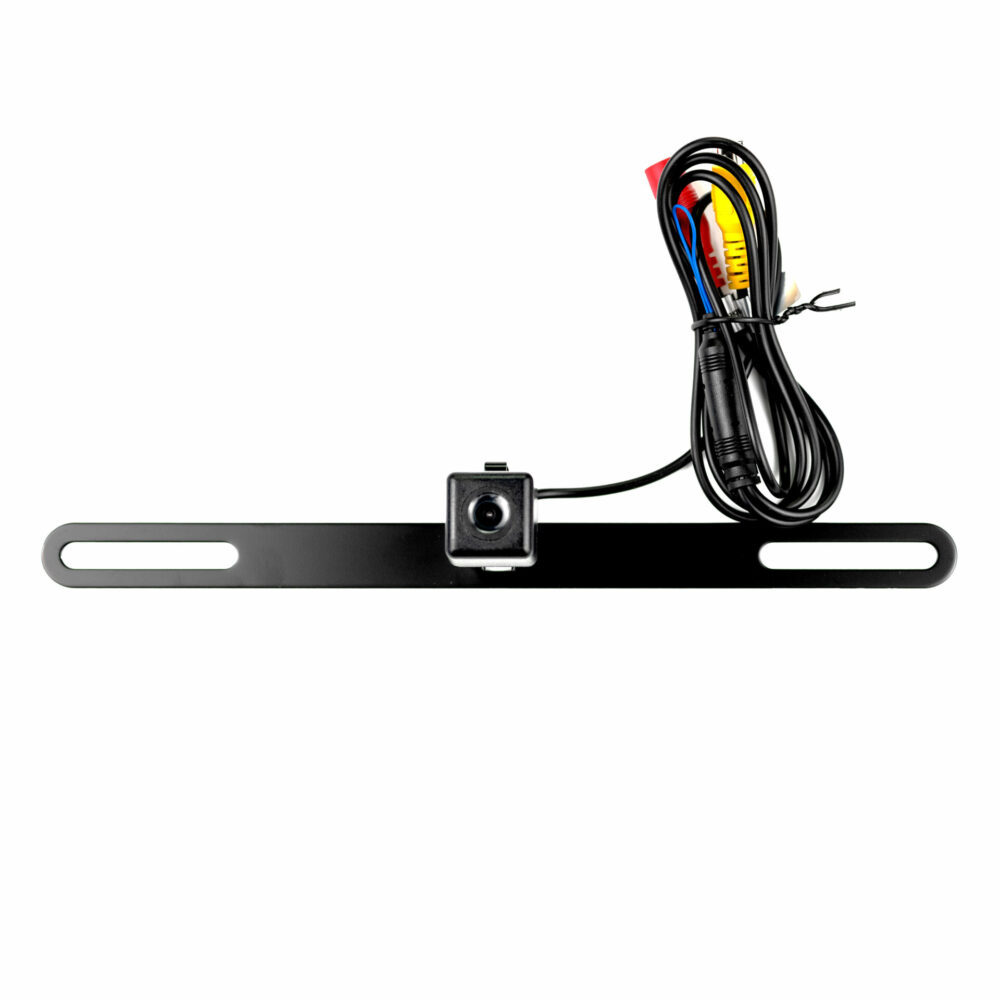Car
Exploring the Technology Behind High-Performance Car Speakers

When it comes to upgrading your car audio system, one of the most critical components to consider is the speakers. High-performance car speakers can elevate your driving experience by delivering crystal-clear sound and powerful bass. In this blog post, we will delve into the technology behind these speakers, exploring the innovations that contribute to their impressive performance.
1. Materials Matter: Cone Construction
The heart of any speaker lies in its cone, and high-performance car speakers often feature advanced materials for optimal sound reproduction. Traditional cones were made from paper, but modern speakers may use materials such as polypropylene, woven fabrics, or even composites like Kevlar. These materials offer a balance between stiffness and flexibility, ensuring accurate and distortion-free sound reproduction.
2. Precision in Design: Tweeters and Woofers
High-performance speakers typically incorporate specialized drivers for different frequency ranges. Tweeters handle high frequencies, ensuring crisp and clear vocals and instrumentals. Soft dome tweeters, made from materials like silk or fabric, are known for their smooth response. Woofers, on the other hand, focus on low frequencies, providing a solid foundation for bass. Advanced designs like carbon-fiber or composite cones enhance the woofer’s ability to produce deep and powerful bass tones.
3. Magnet Magic: Neodymium and Ferrite Magnets
The magnets within a speaker play a crucial role in moving the voice coil and, consequently, the speaker cone. Neodymium magnets, known for their strength-to-size ratio, are commonly found in high-performance speakers. These magnets allow for more compact designs without sacrificing magnetic strength. However, traditional ferrite magnets are still prevalent in many high-quality speakers, striking a balance between performance and cost.
4. Power Handling and Sensitivity: The Balancing Act
When evaluating high-performance car speakers, power handling and sensitivity are key specifications to consider. Power handling indicates the amount of power a speaker can handle without distortion, while sensitivity measures how efficiently a speaker converts power into sound. High-quality speakers often strike a delicate balance between these factors, ensuring optimal performance even with varying power inputs.
5. Crossover Networks: Seamless Integration
To ensure that each driver in a speaker system operates within its optimal frequency range, high-performance car speakers incorporate crossover networks. These electronic circuits direct specific frequencies to the appropriate drivers, preventing distortion and ensuring a seamless blend between the tweeters and woofers.
6. Installation Considerations: Enclosures and Placement
The best speakers can underperform if not installed correctly. Considerations such as speaker enclosures and placement within the car play a vital role in maximizing performance. Enclosures help control airflow and improve bass response, while careful placement can enhance sound imaging and overall clarity.
Upgrading your car’s audio system with high-performance speakers can transform your driving experience. The intricate combination of materials, design, and engineering innovations in these speakers contributes to their exceptional sound quality. Whether you’re a casual listener or an audiophile on the road, investing in high-performance car speakers is a step toward a more enjoyable and immersive driving experience.


